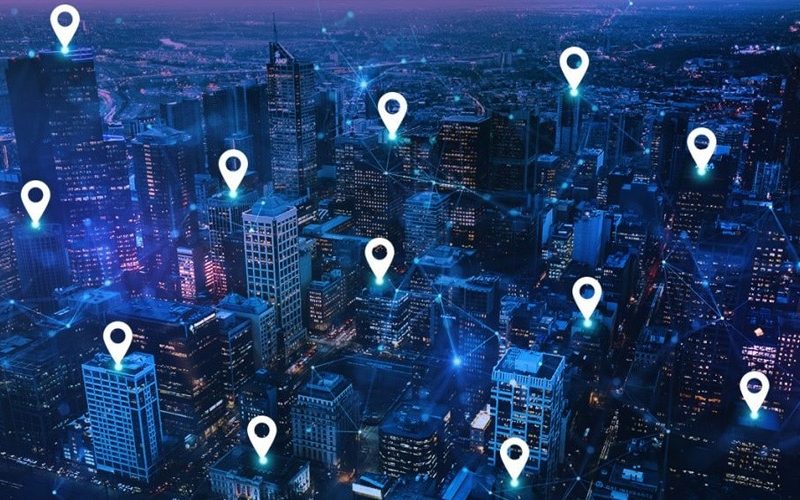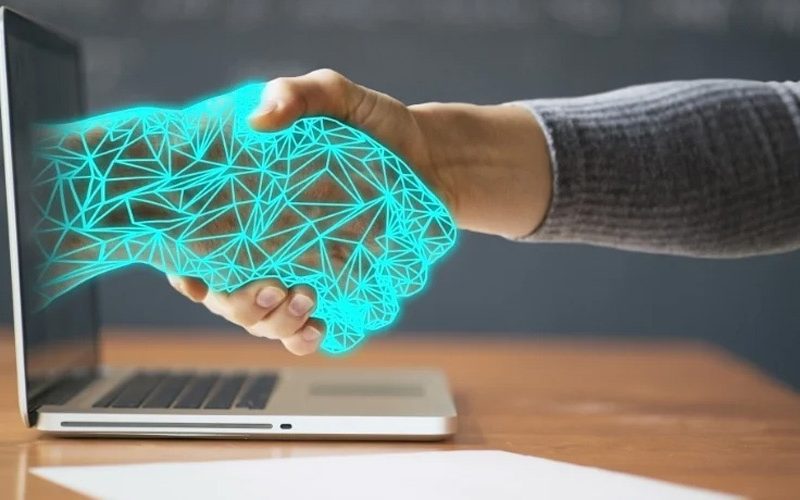Location intelligence is essential as it helps to solve challenges faced by modern businesses.
Geospatial data visualization and analysis enable location intelligence (LI). Analysis of spatial data improves comprehension, insight, forecasting, and decision-making. Organizations can employ intelligence tools to pinpoint the location of an event, comprehend why it is happening, and gain insight into what caused it by adding layers of spatial data—such as demographics, traffic, and weather—to a smart map or dashboard. Numerous businesses are using geographic information system (GIS) technology to produce location intelligence as part of a digital transformation.
Decision-makers in today’s businesses must be able to use the vast amounts of data at their disposal to address their most urgent issues. However, due to a large amount of data and the short amount of time available for analysis, it is crucial to be able to cut through the clutter and focus on what matters most. This approach is made more effective by location intelligence by visualizing your data. If you can view your data in a visual context, such as on a map, it makes it so much easier to comprehend. Business intelligence, artificial intelligence, and geographic information systems technology all come together to form the interdisciplinary field of geospatial business intelligence. This convergence has made it possible for businesses to turn location data into insightful information that can be used to address a variety of use cases, including increasing the effectiveness of store networks, forecasting sales, and choosing locations that have the right locational characteristics to support long-term growth.
Here is how location intelligence is used by major industries to solve their problems:
- Retailing: Retail businesses can keep an eye on and manage sales of various products by area or store to provide them with a more accurate and efficient stock distribution. This makes it easier to reach and draw in perspective existing clients. Retailers can learn more about what drives in-store consumer engagement and how each shop’s unique customer interactions are by using location analytics.
- Manufacturing: Companies in the manufacturing industry are using location information to better manage equipment, enhance workflows for more efficiency, and even pinpoint the locations of their customers to cut costs associated with client meetings and shipping.
- Construction: Companies in the construction industry utilize location data to streamline operations, monitor equipment, and ensure that workers adhere to safety and legal regulations. Big data and map integration enhance visibility and offer insightful information that may not have been known before.
- Telecoms: From route optimization to marketing and sales, geographic data usage is critical in the telecommunications industry across all facets of the organization. It can be used to draw potential consumer addresses for qualifying services.
- Healthcare Services: In this area, it is possible to identify and visualize the specifics of a map area with high patient concentrations or high health hazard indications. Additionally, it provides routing advice and tracks the locations of hospitals, clinics, and pharmacies.
- Cafes, restaurants, and food outlets: Restaurants and food outlets can use location data to pinpoint the exact locations of the customers and then use media that is particular to that area to reach them with tailored advertising messages. To influence succession growth and stock distribution, it is also helpful to monitor the sales of individual products and the performance of specific projects in different places.
Location intelligence is a significant component of the digital revolutions occurring across many industries; 87 percent of businesses view it as a competitive advantage, and 27 percent of CEOs see it as a “matter of survival.” Businesses using location data are increasing sales, increasing stock distribution, lowering risk, and getting the most out of their money. As more organizations become aware of the potential to use data proactively as part of a larger company plan, location intelligence and how our data is acquired will change quickly. They will make future business decisions based on the technology and important products or services.







